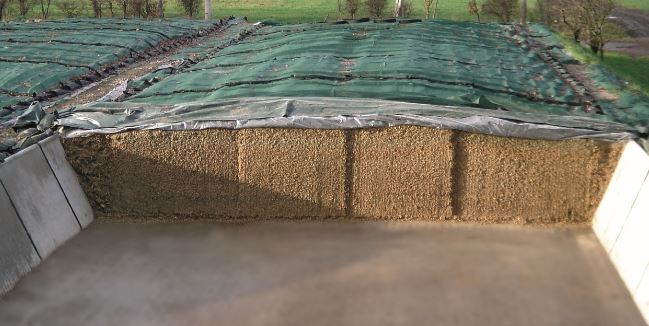November Silage Update
30 November 2022The SAC lab continues to receive more silages for analysis. Table 1 shows the average nutrient values of 1st and 2nd cut beef and sheep pit and bale silages. These are all the silages that have been received up to the end of October. Pit silages have analysed higher in energy in the 1st cuts (10.8 ME) and slightly lower in 2nd cuts (10.5 ME) on average. However, the opposite is seen in the average protein content which is slightly higher in 2nd cuts (121 g/kg DM) compared to 1st cuts (111 g/kg DM), this is observed both in pit and bales samples analysed.
Of all silages analysed 25% of the data had a crude protein level of less than 100 g/kg DM. This is of concern where silage is fed alongside straw to sucklers and even in cases where silage is fed alone. If it has analysed below 90 g/kg DM then supplementation will be required to ensure sufficient protein. For youngstock where protein requirements are higher, they will not thrive on silage less than 120 g/kg DM and will require supplementation to meet their requirements. This table offers a guide but it is important to have your own silage analysed to make informed rationing decisions this winter.
Table 1- Beef and sheep silages:
There is a 10% difference in the average dry matter of 1st and 2nd cut pit silages, therefore those who may start with feeding 2nd cut may find as they move further back in the pit the amount fed may need to increase. Therefore, it is worth having silage re-analysed as you make your way into 1st cut silage. The average dry matter across all cuts is fairly high, therefore ensure good management at feed-out and maintain a clean feed face across the pit to avoid spoilage as much as possible.
Mary Young
SAC Ruminant Nutritionist, mary.young@sac.co.uk
Related FAS Materials
https://www.fas.scot/article/improving-silage-to-reduce-costs/
https://www.fas.scot/downloads/ruminant-nutrition-and-forage-analysis/
Sign up to the FAS newsletter
Receive updates on news, events and publications from Scotland’s Farm Advisory Service


